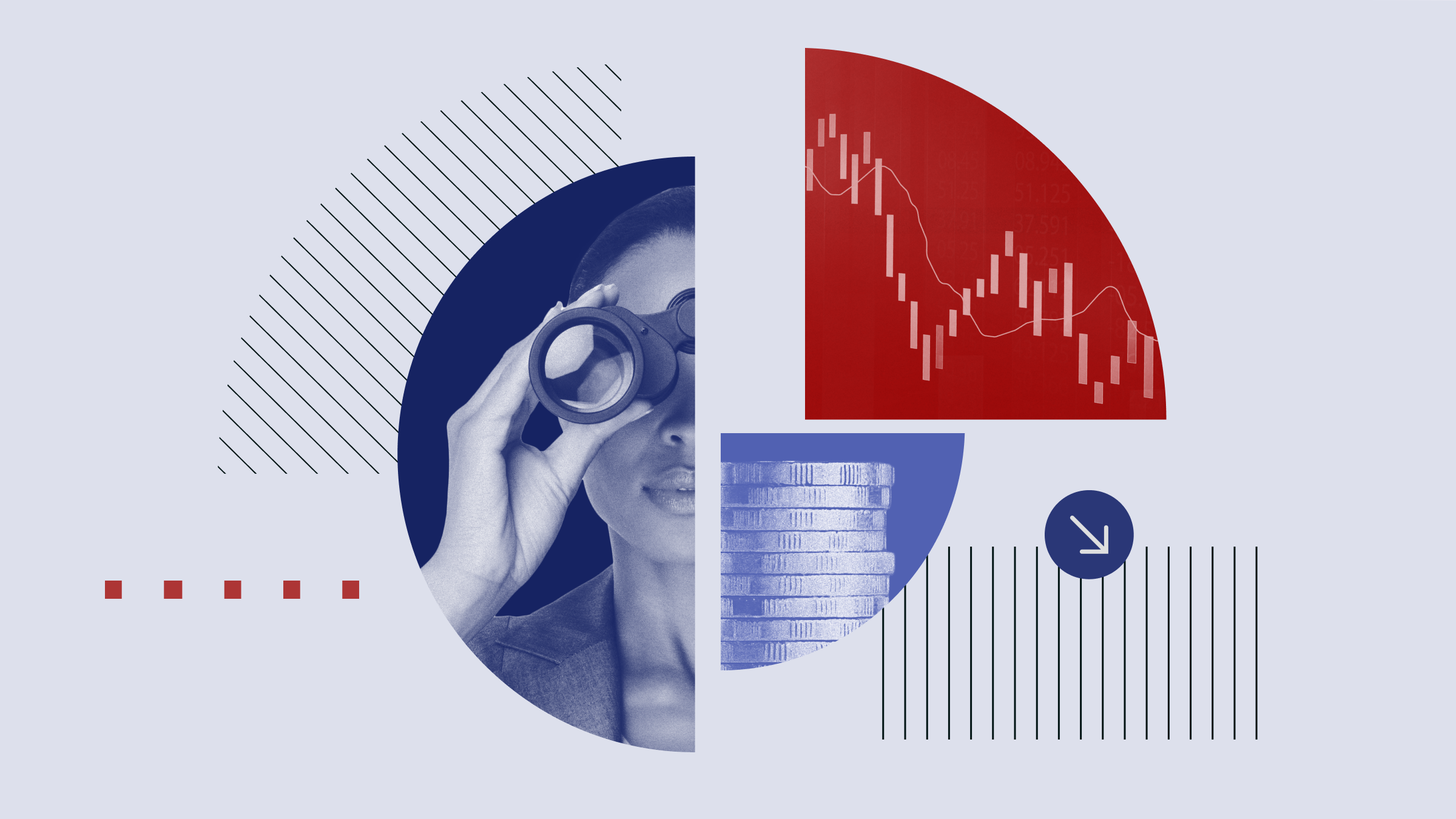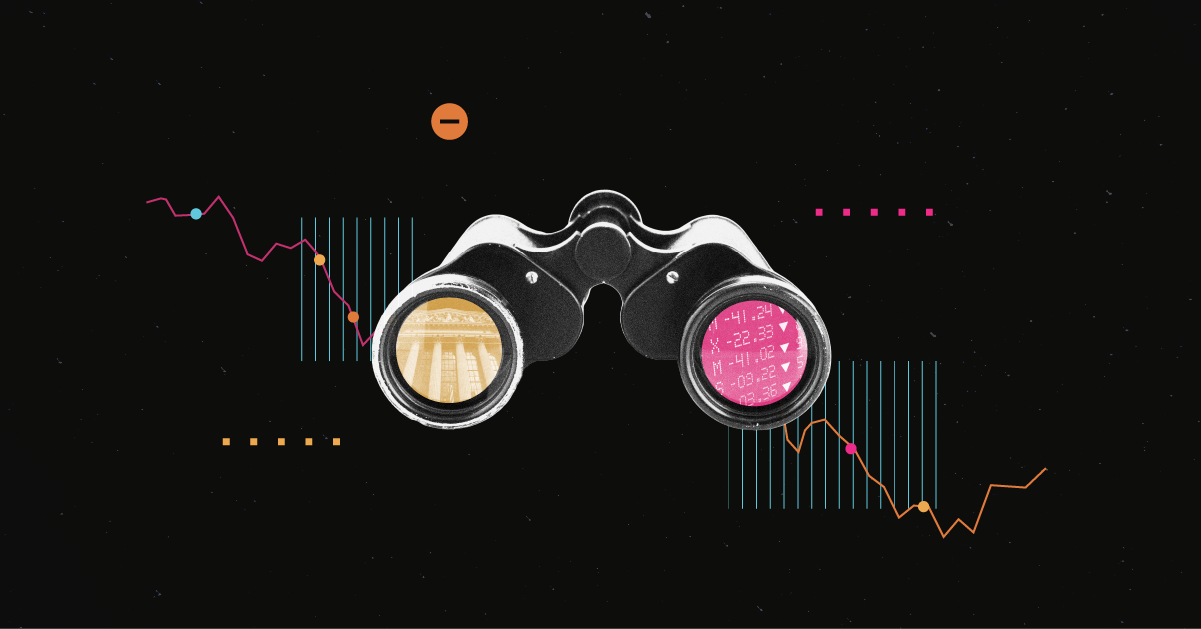Individual retailers reported same-store sales on Thursday that seemed to indicate consumer spending was not collapsing as many had feared. So far in this recovery, the key drivers have been inventory restocking, the consumer, and exports. Government has made no contribution to GDP while imports have soared, a detractor to GDP growth.
Consumer retail spending, in aggregate, has had a fairly normal recovery compared with the past 10 recessions. On the other hand, incomes and employment have grown at rock-bottom rates.
Industrial production, the other gold standard economic indicator, has recovered at a subpar rate so far but hasn't fared as poorly as incomes and employment.
Last week I looked at exactly where consumers have been spending their money this recovery.
Putting Retail Sales in Perspective
Retail spending seems to be continuing its rebound from a poor April and is now back to its trend line growth of about 3%. This marks the tenth consecutive month of growth following the recession. The growth was at the low end of expectations, but the stock market was relieved that the data did not deteriorate.
The table below shows monthly retail sales growth by category as compiled the International Council of Shopping Centers. The first column, showing year-to-date performance, is more important than looking at any individual month's data, which can be highly volatile.

I think as one looks at all of 2010, the consumer has been growing at about 3% every month. The exception was an absolutely incredible March, which in retrospect seems too good to be true. After the "perfect storm" of an early Easter, a mild March with limited precipitation, and consumers letting loose after a bout of cabin fever, growth of 9% was one of the best numbers on record. Compared with March's results almost anything would be a disappointment.
Indeed April's numbers were way below trend, while May showed some improvement and June was up again from May. Warm weather and a favorable calendar probably mean that retail sales will eke out another improvement in July. I am not terribly concerned that the numbers were a little light relative to expectations, and obviously neither was Wall Street. The monthly game of over/under expectations is not nearly as important as a well-established trend of continuing improvement of consumer spending that is the key to driving the economy forward.
The table also highlights the fact that some of the hardest-hit sectors of the recession are leading us out. Luxury goods retailers are now performing much better than discounters (8.6% versus 3.0% on a year-to-date basis). It's also interesting that apparel--a relatively low-ticket category--has done better than most other categories (though favorable weather may have helped, too).
Drugstores have had their own series of setbacks that have affected retail sales more than I might have expected. On-again off-again flu scares, the move to generic drugs, and a shift to 90-day prescriptions have all weighed on the drugstore category for some time. The table above also shows sales growth without the drug stores.
Looking at the bigger picture, consumer spending has recovered just about everything that was lost during the recovery. Spending is just above or just below an all-time high, depending on whether one uses quarterly or monthly data. Very few other sectors of the economy can make that claim.
Many readers have questioned me on how spending can be at a new high. Last week I have included a chart showing exactly where the $170 billion of improved consumer spending has come from.

The stars of this recovery have been televisions and computers, which are included in the recreational goods and vehicles category. While most of the improvements have been in basic necessities, such as food, clothing and housing, one small luxury that consumers are opting for is recreational goods. The biggest components of that increase are TVs and computers. At the other end of the scale are luxuries such as travel and restaurants. Auto, usually one of the larger contributors to a recovery, has yet to make much of a contribution to consumer spending. Most of the improvement in the auto sector has come from purchases by businesses. The furniture sector has had a decent recovery, perhaps related to increased housing activity, at least partially related to the housing tax credit.
Some categories appear near the top of the list just because they are big (housing and health care). Others are near the top of the list because they were so devastated in the decline that there was plenty of room for improvement. Likewise, some categories are near the bottom of the list because they have been steady-eddies during the recession, not showing much decline and not much subsequent gain (recreation services and other services). Another way of looking at the data is shown in the table below.

In this table I measured how much of the revenue lost during the recession has already been recovered. Recreational goods, which didn't slow down that much during the recession, have recovered over 300% of what was lost in the recession. Food at home is the only other category to fully recover what was lost.
The data show that this recovery has been very uneven. That is both good news and bad news. The bad news is that improvements in good sectors has been diluted and made nearly invisible by poorly performing sectors. The good news is that there are a lot of categories that still have a lot of room for improvement, potentially aiding future growth. Most of the better-performing categories are necessities, with the exception of the continuing splurge on consumer electronics. Through the March quarter, luxuries like travel, hotels, and restaurants were still exceptionally early in their recoveries. Big-ticket autos also remain depressed, having recovered only about 10% of what was lost in terms of consumer sales.
Initial Unemployment Claims Fall, Some of That May Be Holiday-Related
In other economic news last week, initial unemployment claims dipped by 21,000 in the latest week, one of the best improvements of the year and at least partially offsetting a couple of negative weeks of data.
I caution readers again that this series is quite volatile and often moves erratically around holidays. The claims are also still quite elevated at 454,000 versus what I estimate as mid-economic-cycle initial claims of 350,000. Its great to see some improvement from our high of 678,000 initial claims, but the economy has not made much improvement on that count this year.
As I have mentioned in previous articles, initial claims often stall out after a year of recovery, and that slow progress in not necessarily indicative of a declining economy. How can this be? I think the mergers and acquisitions that increase dramatically after a recession are at least part of the explanation. Firms that combine often lay off overlapping personnel after a merger closes.
Another potential explanation is that many underperforming corporate divisions often blame recessions for their poor performance. Once the recovery has begun and these divisions continue to underperform, upper management can more clearly see that the problems weren't just related to the economy. Shutdowns, divestitures, and layoffs often ensue once the real problems become more obvious.
Finally, there are always industries in secular decline that will continue to have layoffs. For example, fixed-line telecommunications companies have been laying off tens of thousands of employees every year as the industry is fully built out and faces limited future growth prospects.
On Deck
This week brings both the start of earnings season and a greater flow of economic data. Both consumer and producer prices this week should be close to flat with no growth in inflation.
The more comprehensive retail sales report is also due, and it is likely to be down, potentially spooking market participants. Weaker car sales and oil prices (not included in last week's same-store sales reports) will be the key culprits, as well as poor drugstore numbers noted above. This week's report will also include restaurant sales, which are not lighting the world on fire either.
Two regional purchasing manager reports on manufacturing are also due and are likely to show expansion, but at a slower rate than in previous months. Industrial production is likely to show little if any growth in June based on slowing purchasing manager reports. Better utility sales due to warmer weather could be the wild card for a better-than-expected number. However, I think corporate earnings and management comments on those earnings and on the future outlook will prove to be more important to investors this week than the economic indicators.
This is an edited version. The article originated from Robert Johnson’s column at Morningstar.com.







.png)









